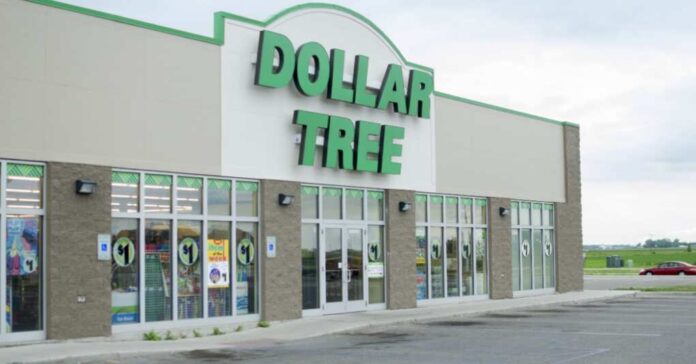Dollar stores have carved out a unique space in the retail market by capitalizing on convenience and affordability. These smaller-sized shops strategically position themselves for quick and easy access, making them ideal for those who need to grab everyday items between larger shopping trips. Their compact size allows customers to swiftly find what they need, resulting in increased sales and turnover rates.
Dollar stores thrive by sourcing inventory in bulk at wholesale prices. This enables them to offer products for just a dollar while still maintaining profitability. Additionally, they often sell private label products, which are more cost-effective to manufacture and yield higher profit margins. Moreover, their strategic locations near low-income communities ensure a consistent flow of customers seeking value and convenience,
In 1989, the first “Dollar Tree” store opened in Sumter, South Carolina, offering items for just one dollar. The concept quickly gained popularity, and by the end of the 1980s, they had plans to expand across the eastern United States.
In 2015, Dollar Tree acquired Family Dollar for over $8 billion, but integrating the chain has been challenging. Recently, Dollar Tree announced a $950 million reduction in the value of the Family Dollar trade name, which Neil Saunders, managing director of GlobalData, described as the “coup de grâce” in the troubled acquisition.
In the last quarter, Dollar Tree saw a 6.3% increase in sales and a 7.1% rise in store visits. However, average spending per purchase decreased. Family Dollar, despite increased foot traffic, also faced declining sales.
Dollar stores, particularly Dollar Tree, are grappling with the highest inflation in four decades, impacting their operations and challenging the $1 pricing model. Rising labor, transportation, fuel, merchandise, and shipping expenses have squeezed their profits. Handling costs, like packaging and shipping, often surpass the actual cost of goods on the shelves.
Dollar Tree raised its standard price to $1.25 in 2022, but it wasn’t enough. Dollar Tree plans to close 370 Family Dollar and 30 Dollar Tree stores over the next several years, starting with the closures of about 600 Family Dollar stores in the first half of 2024.
As inflation takes a toll on household budgets, more consumers seek relief by turning to dollar stores. However, even these budget-friendly stores are now victims of economic challenges. As some dollar stores close their doors, consumers may again find themselves paying the price of Bidenomics, one dollar at a time.




